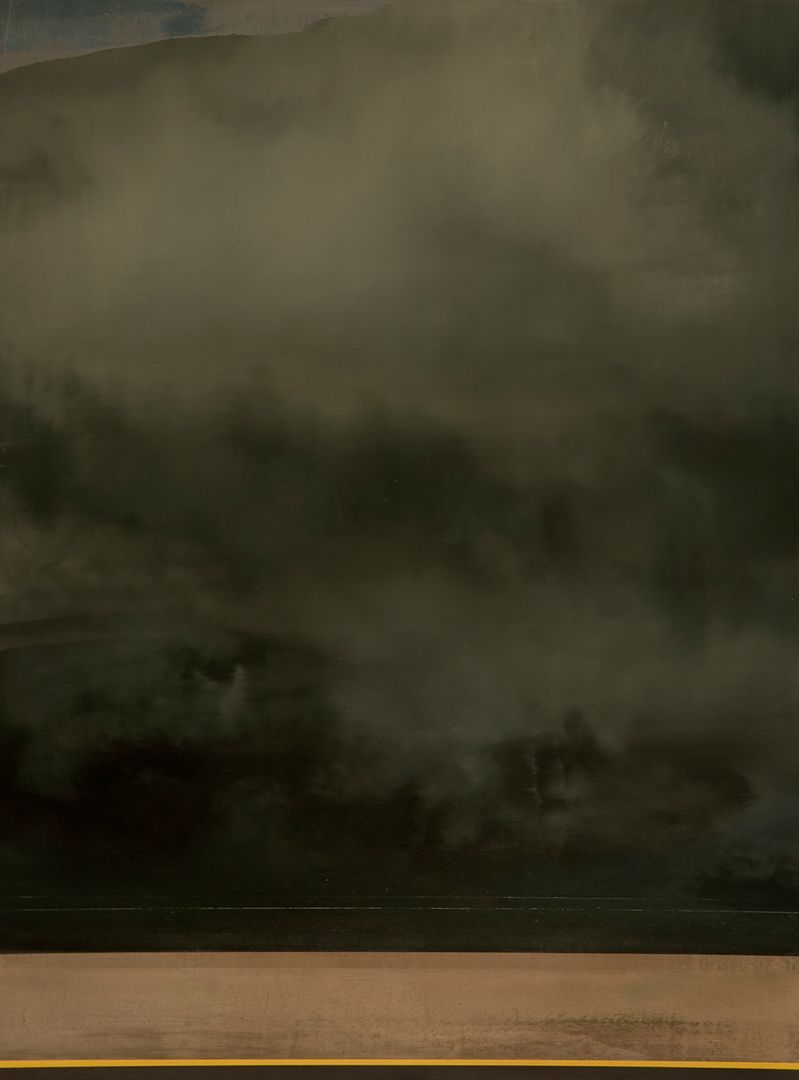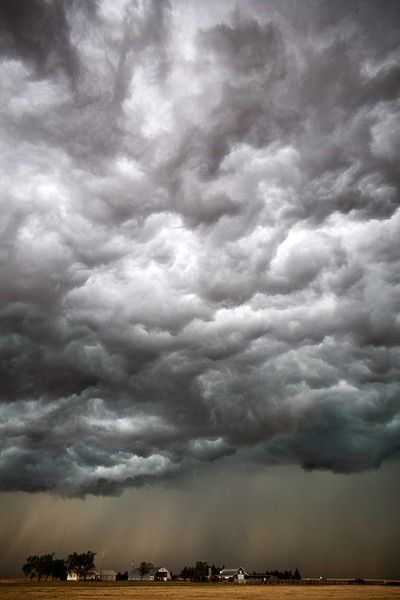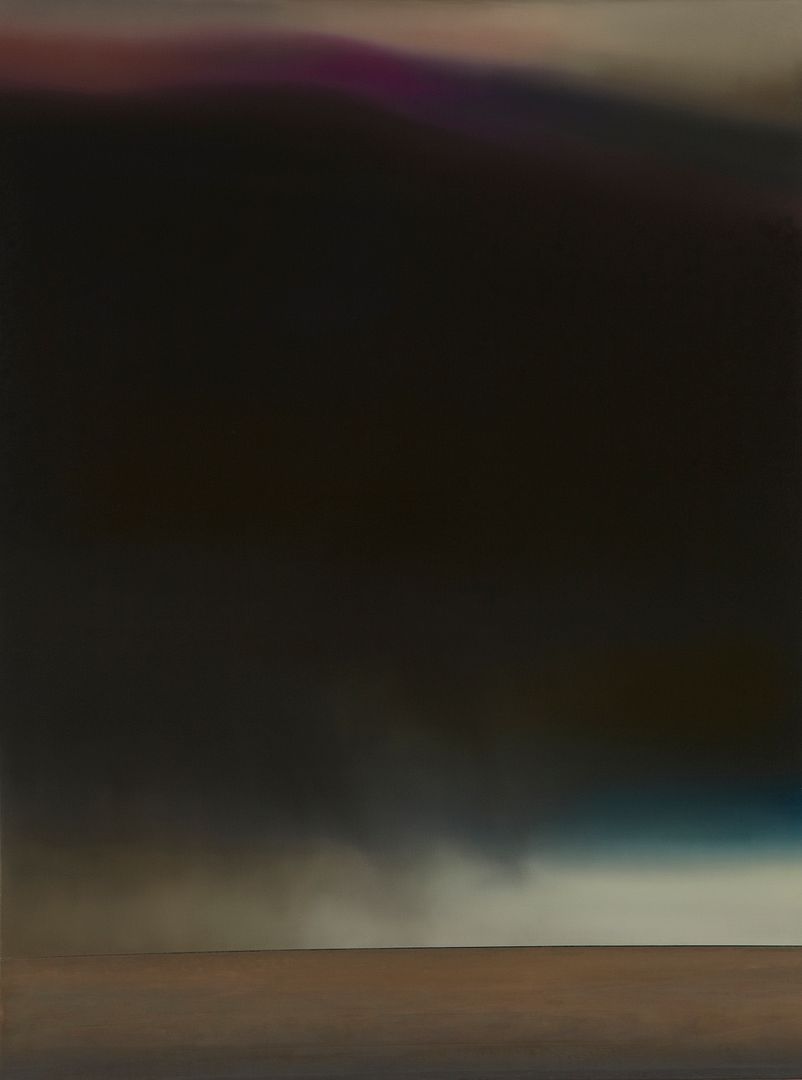 |
| Christopher Saunders "Whitenoise no. 1" 2008 Oil on linen 24 x 18 inches |
In a 2009 post about painter Christopher Saunders' "Whitenoise" series, I recounted philosopher Arthur Schopenhauer's hierarchy of aesthetic experience and connected it to Saunders' work.
"In his volume The World As Will and Representation (1818), Schopenhauer elucidated a scale of aesthetic experience. At one end of this spectrum, he described the 'Feeling of Beauty' as 'Light...reflected off a flower. (Pleasure from a mere perception of an object that cannot hurt [the] observer.)' At the other end of the spectrum, the philosopher positioned the 'Full Feeling of Sublime' and the 'Fullest Feeling of Sublime.' These categories are described, respectively, as 'Overpowering turbulent Nature. (Pleasure from beholding very violent, destructive objects.),' and 'Immensity of Universe's extent or duration. (Pleasure from knowledge of observer's nothingness and oneness with Nature.)'
[...] Most modern humans (especially modern humans in the First World) are insulated from inclement weather. We fret over a rained-out ball game or beach party, but we rarely tremble before dark cloud heads; our appreciation of the elements is principally one of admiration, an aesthetic experience that resides near the middle of Schopenhauer's scale. But Saunders' landscapes provide viewers with a vantage point that repairs the reverent awe that we once felt before the expansive firmament. He does not include the rugged, mountainous imagery familiar to most artistic depictions of the Sublime. Instead he portrays clouds pushing over a featureless land, the violent potential of atmospheric flux readily observable at a distance. The clouds, vast, magnificent, menacing, dominate Saunders' compositions; they are the rough mountains of our inner wilderness."
 |
| Camille Seaman "Each Year We Pray" 2008 Archival Pigment Print, Edition of 5 32 x 48 inches |
 |
| Christopher Saunders "Whitenoise no. 14" 2011 Oil on linen 24 x 18 inches |
The modern man/nature dichotomy of the Romantics is best dismissed as naive ideology, but it's not entirely without value. Arcadia, the pastoral Utopia celebrated in so many paintings, poems, and scores, is a fiction, but the Romantics weren't exactly wrong in insisting that bucolic and frontier settings act as a curative to what they viewed as urban and industrial decadence. Although experiences of the sublime like those Schopenhauer categorizes occur in living rooms, houses of worship, and on bustling city streets, they're more easily afforded outdoors, under the sky's great canopy. In a gallery space, we're unlikely to be awe-struck or shaken to the extent that we might be were we, like Seaman, kneeling beneath a roiling supercell. But one of the principal joys of art is its ability to provide us with inklings of the sublime and the ineffable, no matter the setting.
 |
| Camille Seaman "Tracks Through the Field" 2008 Archival Pigment Print, Edition of 9 20 x 30 inches |
Image credit: courtesy Christopher Saunders and Corden/Potts Gallery

No comments:
Post a Comment